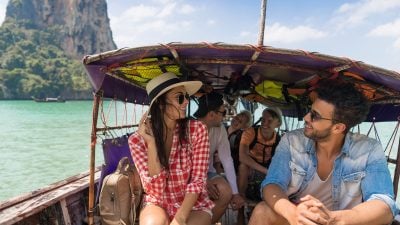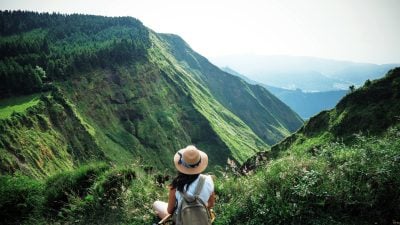Home / Australia & South Pacific / Should I Still Travel to Austr…
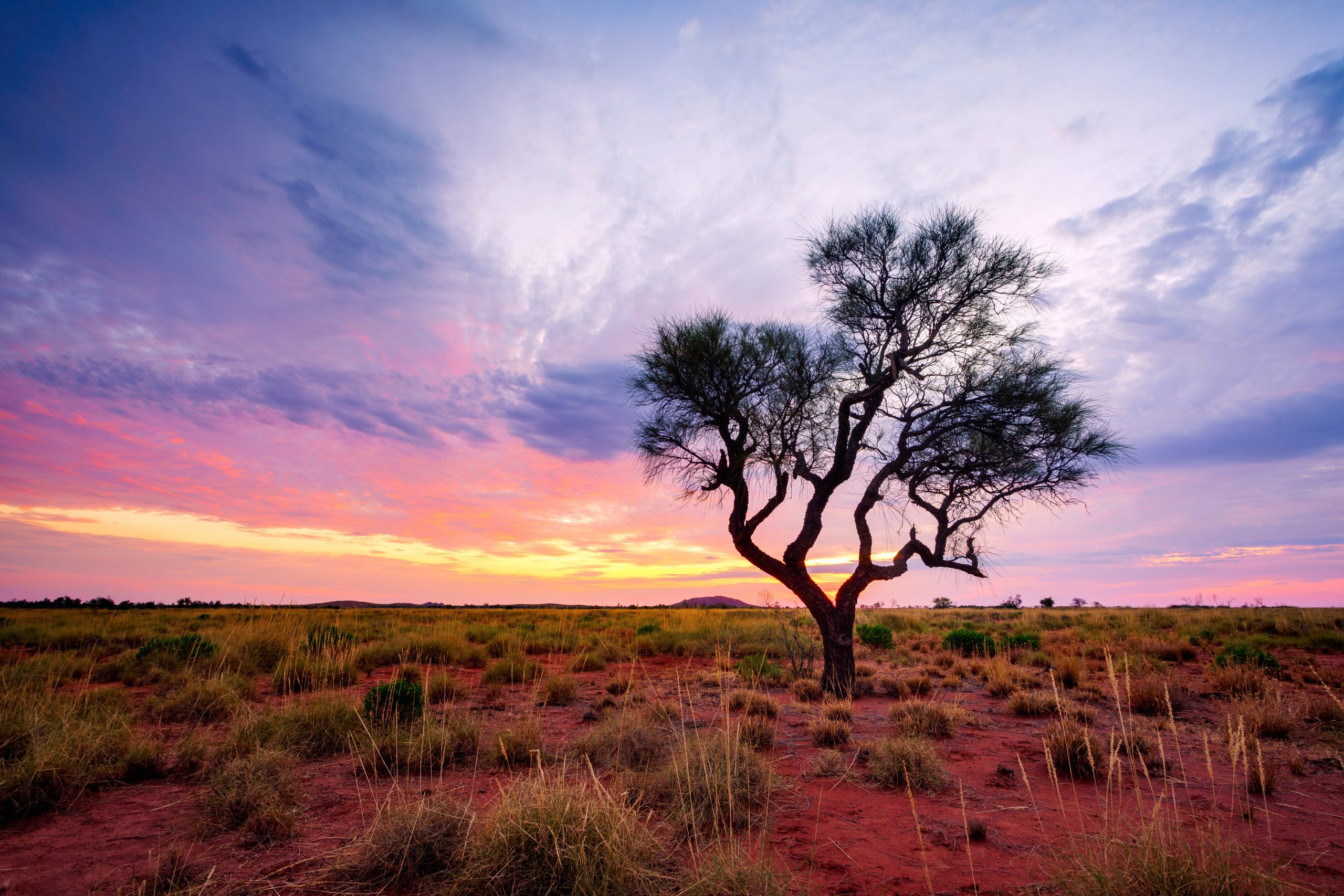
Should I Still Travel to Australia? Your Bushfire Questions Answered
It’s hard to look at the Australian bushfires and not feel helpless. Rising global temperatures, more erratic weather conditions, unprecedented fires and floods—the world we currently live in is an unpredictable one. We cannot foresee what tomorrow will bring and that is troubling. When it damages a place as beloved to as many people as Australia, it’s heartbreaking.
But the thing is: we’re not as powerless as we think we are. The bushfires have been devastating to some regions of the country, yes, but they are not the final chapter in the story of Australia. And we are not helpless in reacting to them in a positive and productive manner. Despite all the hysteria you read about on social media, we should not throw in the towel. Far from it.
Furthermore, we can do something surprising, but all-too-necessary in times like these: we can travel to Australia. You’re probably shocked, but it’s true. Few things can help Australia like travelling there can. If you already have a trip planned for the near future, go on your trip! If you’re still dreaming about seeing the expanses of the Outback, don’t put it off another year. Tourism is an essential way of supporting Australia economically, funds conservation and wildlife projects, and will aid habitat recovery.
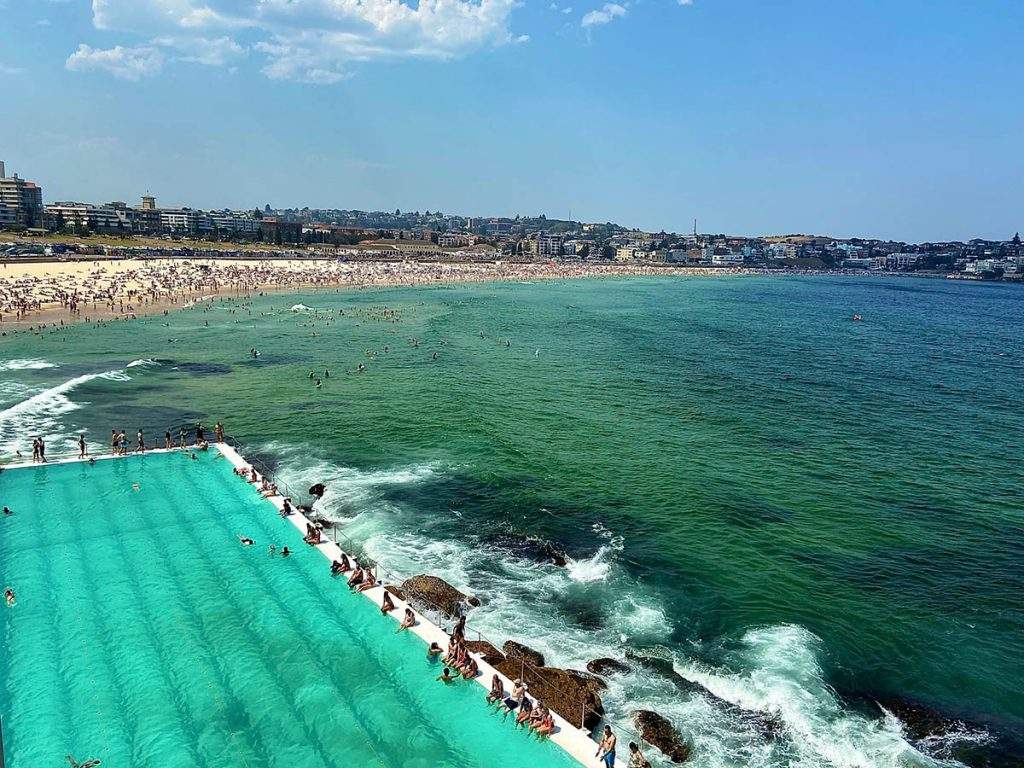
Should I still consider travel to Australia?
Yes! Travel to Australia. Just be fully informed of the situation when deciding to go ahead with a trip that is already booked, or if you are planning a trip to Australia in the future. Review your itinerary or ask your travel professional to review it with you. Double-check the regions you are travelling to and understand the distances between these places and the affected areas of the country. Australia is a large country (the same size as the United States) with many world-famous landmarks such as the Sydney Opera House, the Great Barrier Reef, and Uluru/Ayers Rock, which are completely outside of the affected areas. There’s so much to see and do here, and it all helps Australia. You can snorkel and dive the Great Barrier Reef (or the Ningaloo Reef off the coast of Western Australia), spend your days in the cosmopolitan centres of Sydney and Melbourne, discover more far-flung but equally appealing cities like Perth, Adelaide, and Darwin, explore the Outback, or go on winery tours in the Barossa Valley, Margaret River, Hunter Region—the possibilities are almost endless. The bushfires are very serious, but they do not impact the safety of the majority of the country. According to Tourism Australia, 97% of the most popular destinations for international travellers remain unaffected.
Will I have to change plans?
You’ll have to be flexible. If you were planning on visiting any of the affected areas, your travel professional will rearrange your itinerary and make sure you see some other of the many highlights of Australia. Future vacations will avoid the impacted areas and take in other beautiful regions. Keep up to date about the bushfires on reliable websites such as Tourism Australia. When travelling, ensure that your local representatives in Australia have your contact details such as your email and cell number. This will allow them to contact you should the situation change and parts of your trip need to be modified. This kind of ground support is important while travelling so that you can easily adjust your schedule and continue your journey, which is why we offer it through our Sydney office.
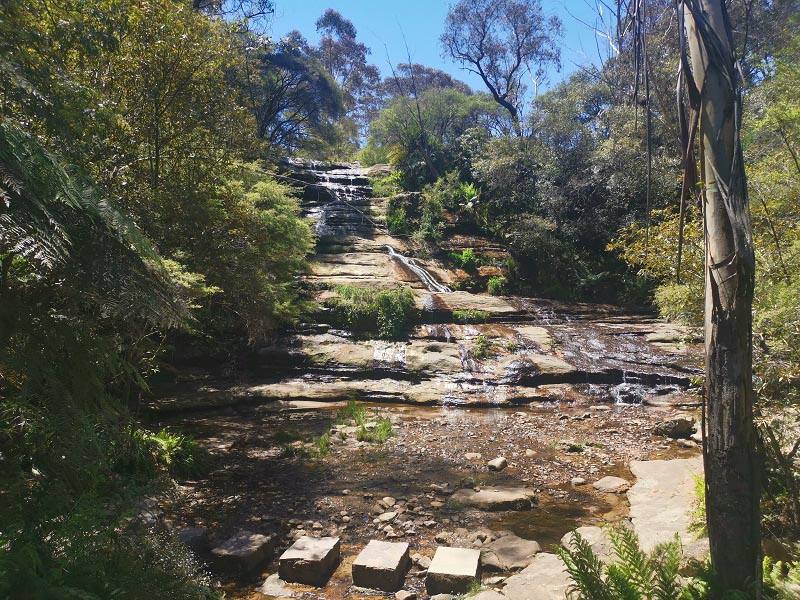
Which places in Australia are affected by bushfires?
While the bushfires have not directly impacted the majority of the country, they still have affected areas in New South Wales, Victoria, and South Australia.
In New South Wales, bushfires spread through remote mountain ranges and national parks. However, Sydney remains unaffected, aside from the occasionally smoggy day due to smoke. Parts of the Blue Mountains have recently reopened to tours.
In Victoria, the Yarra Valley, Great Ocean Road, and Phillip Island all remain open to travellers. Melbourne, like Sydney, is also unaffected, although it also suffers from the occasionally smoggy day.
In South Australia, of most concern to international travellers are the fires on Kangaroo Island, one of the state’s most popular destinations. The western side of the island has seen fires devastate biodiverse forests, including Flinders Chase National Park. Touring has resumed, albeit with amended itineraries. Kangaroo Island could use the support that your visit brings with it.
How can I help?
As we’ve said, going on your upcoming Australian vacation or travelling to the country in the near future is enormously helpful. However, there are other ways you can help fight the bushfires and support the recovery. Goway has partnered with Tourism Cares’ Destination Disaster Recovery Fund and encourages you to consider supporting their work. Tourism Cares “unites the travel and tourism industry to benefit the people and places our industry depends on.” It focuses on restoring infrastructure in the aftermath of disaster, which can include physical restoration, tourism promotion, and investment in local social enterprises.
You can partner with the Australian Travel Industry by donating to the Red Cross to provide immediate disaster relief. You can support organizations that are committed to restoring the natural environment lost to the fires through tree planting and other conservation initiatives. Groups such as the Koala Clancy Foundation and Bangalow Koalas work to plant trees in koala habitats in an effort to help in the species’ recovery. You can also take action to support climate initiatives that combat the rising temperatures and changing weather patterns that contribute to the bushfires.
Goway is donating to Tourism Cares’ Destination Disaster Recovery Fund for every person booking travel to Australia between January 1 and March 31 or travelling to Australia during this time period. This includes both departures during this time period and any bookings made during this time for future travel. Goway will also donate several vacation packages to be auctioned off at a future date, with all proceeds going to support Tourism Cares in their recovery initiatives. Goway will supplement these efforts with its own internal fundraising.
We’re all deeply saddened by the Australian bushfires. We all feel helpless when confronted with such devastation to natural environments and local communities. But we are not helpless. We can act. If you have any questions about travelling to Australia in the future, or are concerned about your upcoming trip, please contact us at [email protected].
Note: The title of this article was updated on January 16, 2020.
Get more travel inspiration by email.
Subscribe
0 Comments

Get the latest travel trends & hear about the best deals on vacations around the world.
If you’re a Globetrotter, these are the newsletters for you!
